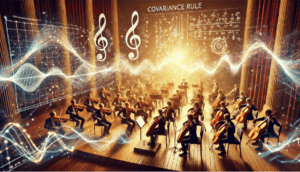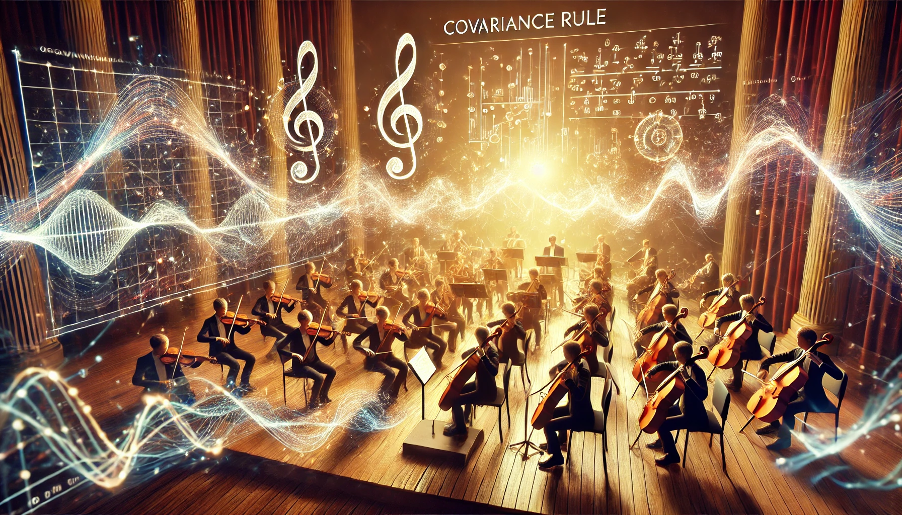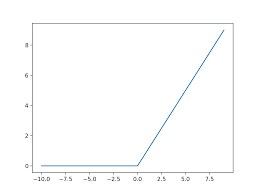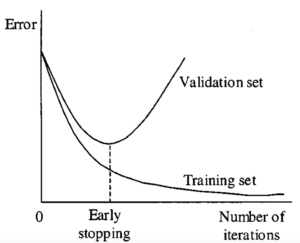A Brief History: Who Developed It?
The covariance rule, rooted in Hebbian theory, was first conceptualized in the mid-20th century by Donald Hebb, a Canadian psychologist and neuroscientist. This idea later evolved into mathematical models that allowed the scientific community to explore neural learning mechanisms. Today, it is a cornerstone in computational neuroscience and artificial intelligence.
What Is It?
Imagine a symphony orchestra tuning itself based on harmony. The covariance rule works similarly: it adjusts the strength of connections between neurons based on how often they activate together. In mathematical terms, it correlates changes in the weight of connections with the covariance between input and output signals.

Why Is It Used?
The covariance rule is used because it mimics biological learning processes. It addresses challenges like:
- Enhancing the adaptability of neural networks.
- Capturing relationships between variables without explicit supervision.
- Reducing noise by amplifying consistent patterns and filtering inconsistencies.
How Is It Used?
The rule is applied to optimize neural networks. During training, it:
- Measures the correlation between inputs and outputs.
- Updates weights based on their joint activity.
- Strengthens relationships that consistently co-occur, allowing the network to learn patterns.
For example, in a smart home system, it might learn to predict lighting preferences based on user habits, adjusting predictions as behaviors change over time.
Different Types:
There are variations of the covariance rule tailored for specific applications:
- Linear covariance rule: Used in basic neural models to calculate straightforward relationships.
- Non-linear covariance rule: Handles complex data where relationships aren’t directly proportional.
Features of the Tool:
- Noise Reduction: Filters out irrelevant data.
- Scalability: Adapts seamlessly to small or large datasets.
- Biological Plausibility: Closely mirrors how the human brain processes information.
Software and Tools:
You can implement the covariance rule in popular machine-learning libraries like:
- TensorFlow and PyTorch: For building neural networks with covariance-based weight updates.
- MATLAB: For mathematical simulations and visualizations.
- Scikit-learn: For incorporating covariance adjustments in supervised or unsupervised learning.
Industry Application Examples:
- Healthcare: Used in predictive models to analyze patient data and recommend treatments.
- Transportation: Helps adaptive traffic systems optimize signal patterns in real time.
- Education: In learning analytics, predicts student performance trends and tailors resources.
In Australian governmental agencies:
- Department of Transport: Implements adaptive traffic systems in Sydney using covariance-based predictions.
- Healthcare NSW: Uses neural networks for early detection of chronic illnesses by analyzing patient history.
- Australian Bureau of Statistics: Improves forecasting models for national demographics.
How interested are you in uncovering even more about this topic? Our next article dives deeper into [insert next topic], unravelling insights you won’t want to miss. Stay curious and take the next step with us!








